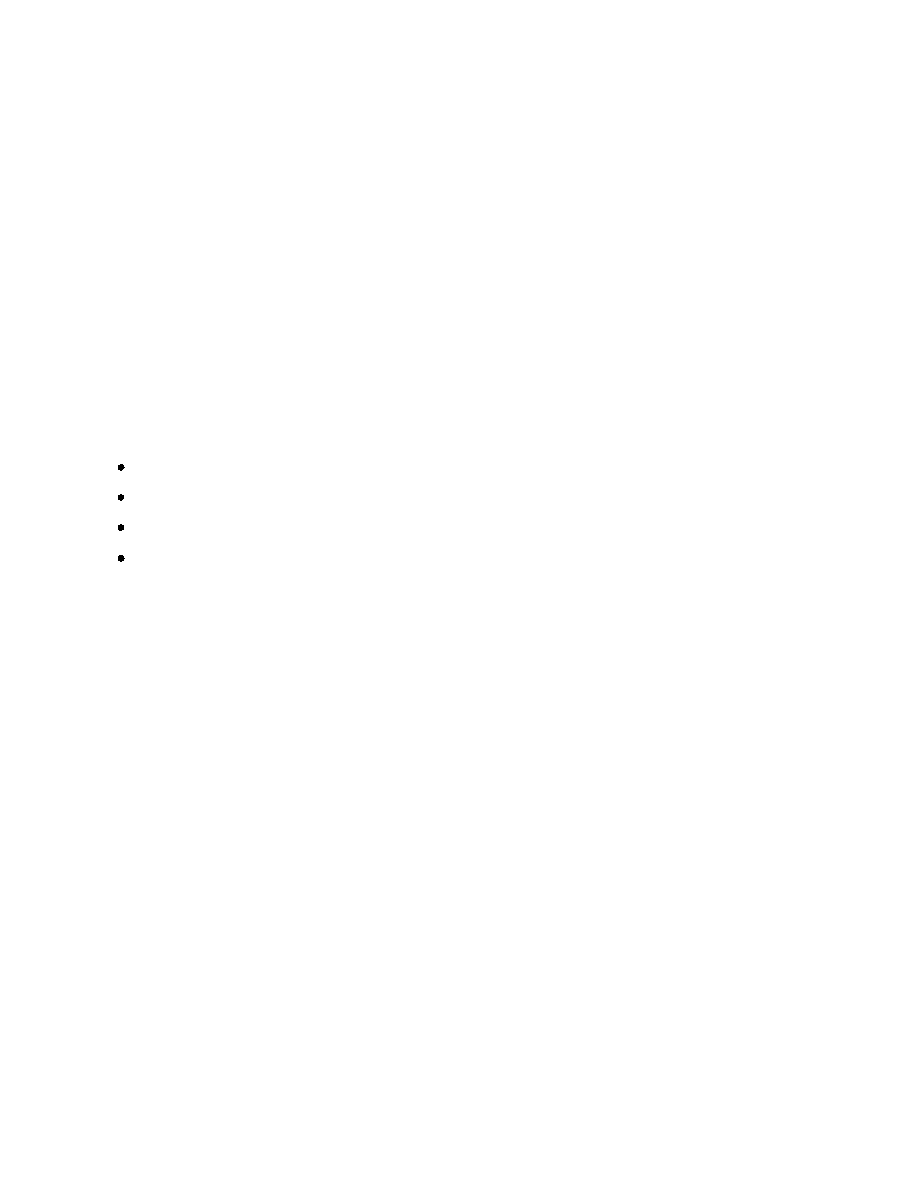
DOFMaster
for Windows
On-line
Depth of Field
Calculator
DOFMaster for Mobile Devices
On-line
Depth of Field
Table
Hyperfocal
Distance Chart
Articles
FAQ
Recommended
Books
Support
Contact
Links
Home
for Windows
On-line
Depth of Field
Calculator
DOFMaster for Mobile Devices
On-line
Depth of Field
Table
Hyperfocal
Distance Chart
Articles
FAQ
Recommended
Books
Support
Contact
Links
Home
As an Amazon Associate I earn from qualifying purchases.
![]()
speed controls the time light is permitted to reach the
film. The illuminance (or intensity as it is sometimes
called) is controlled by the aperture of the camera. The
term illuminance means the amount of light reaching the
film plane. By adjusting these controls, you allow the
correct amount of light to reach the film. The correct
amount of light varies, depending on the film speed.
Correct exposure for negative films is defined as the
exposure required to produce a negative that yields
excellent prints with the least amount of difficulty.
Correct exposure for color reversal film produces color
images in densities that represent the appearance of the
original scene.
factors are as follows:
arithmetic; that is, an ISO number that is twice as high
as another ISO number is twice as sensitive to light.
should be halved. When the ISO is halved, the exposure
setting is 1/250 second at f/16 with ISO 100 film, the
same subject photographed with ISO 200 film would
require only half the exposure or 1/500 second at W16
or 1/250 second at f/22, and so on.
intensity and the direction of daylight.
constantly changing as the sun rises, moves across the
sky, and sets. Although the intensity of daylight varies
throughout the day, the time between about 2 hours after
a time when the light intensity for the same geographical
location remains constant for exposure purposes.
interference. Because of the amount of reflected light
from sand or snow, the intensity of light in these scenes
is greater than that of a scene with average reflectance.
This greater intensity of light requires a higher f/stop or
a faster shutter speed to provide approximately one half
of the exposure required for the basic exposure with
bright or hazy sun.
are present. Bright sun is the condition that determines
the BASIC EXPOSURE for an average scene.
the bright sun condition. The condition causes a
decrease in the daylight intensity and an increase in the
diffusion of daylight. This lighting condition produces
shadows that are soft or indistinct. A lower f/stop or
slower shutter speed is required to approximately
double the basic exposure to compensate for this
decreased daylight intensity.
diffuse the light completely. This condition occurs on an
overcast day when the position of the sun can be located
only as a bright area in the clouds. Shadows are not
present under this lighting condition. The scene
brightness range is low and therefore photographs made
during this condition usually lack good contrast. An
increase of four times (two f/stops) from the basic
exposure is required to compensate for the decreased
intensity of light.
The scene brightness range is low and therefore
photographs made during heavy overcast conditions
usually lack good contrast. An increase of eight times
(three f/stops) to the exposure is required horn the basic
exposure to compensate for the decreased intensity of
light.
exposure. The camera settings recommended for films
Basic Photography Course

As an Amazon Associate I earn from qualifying purchases.
WWW.DOFMASTER.COM
© 2006 Don Fleming. All rights reserved.
© 2006 Don Fleming. All rights reserved.